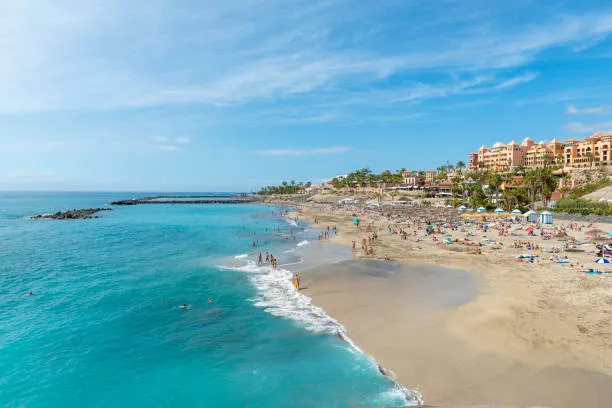The climate crisis stands as the most pressing issue confronting the world today. A temperature rise of nearly 1.5˚C above pre-industrial levels has placed nations across all continents in a vulnerable position. As this crisis unfolds, it increasingly threatens the viability of commercial global travel to several key destinations.
Iconic locations such as The Maldives, The Great Barrier Reef, Venice, and The Alps are at risk of significant transformation due to the adverse effects of rising temperatures. Current projections from data scientists indicate that Venice could be submerged by as early as 2100 due to sea-level rise, a consequence of changing weather patterns in the Mediterranean region. The city’s low-lying areas, interconnected by its famous canals, face serious flooding threats.
Similarly, The Great Barrier Reef, one of the world’s most cherished natural wonders, faces irreversible damage from coral bleaching. A study conducted by The Great Barrier Reef Foundation in 2020 revealed that 60% of the reef’s living coral is dying due to this phenomenon.
On the South American continent, The Amazon rainforest—a critical ecological treasure—also faces dire consequences from climate change. Covering approximately 40% of South America and spanning Brazil, Bolivia, Peru, Venezuela, and Colombia, the Amazon is experiencing extreme drought conditions that threaten its flora and fauna. Additionally, these temperature changes have left the region highly susceptible to devastating forest fires.
In the United States, Florida is increasingly vulnerable to drought and flooding due to climate change. The Army Corps of Engineers forecasts a 15-inch rise in sea levels along the state’s coast within the next 40 years. New Orleans, known for its vibrant culture, is particularly at risk. Its location near the Mississippi River exposes it to extreme flooding, a risk underscored by the lasting impacts of Hurricane Katrina in 2005. Between 1950 and 2015, extreme rainfall in the area surged by 62%.
As global trends reveal, climate change threatens to render some of the world’s most sought-after travel destinations unfit for tourism within the next 50 years. As preferences and trends in travel continue to evolve, both individuals and institutions must consider robust sustainability solutions to preserve these iconic locations.
Travel is a cherished pastime that many look forward to; however, in an era of dwindling planetary resources, it is crucial to protect the places we love before they become unrecognizable.
Related topics:
Is There a Common American Culture
What is 1920s American Culture
What is American Art and Culture

